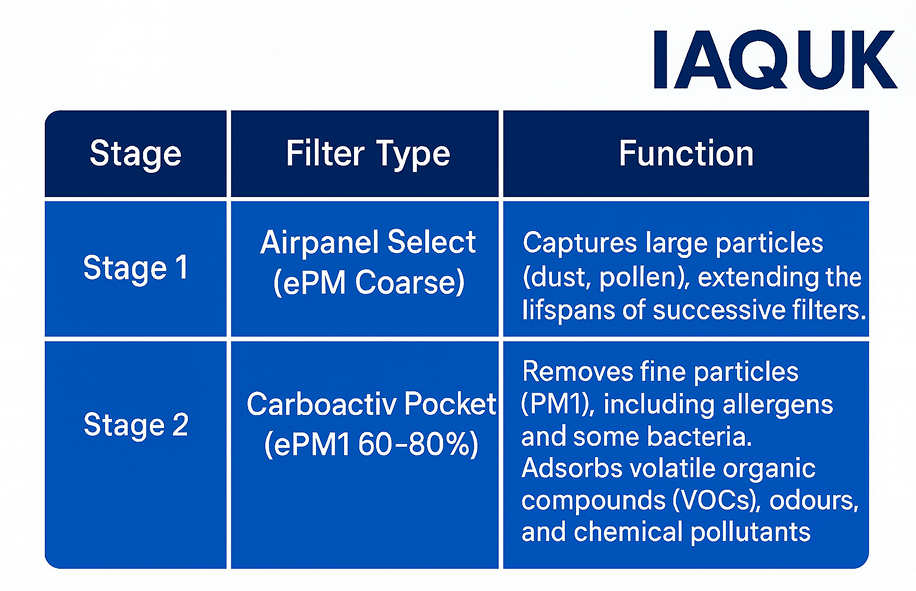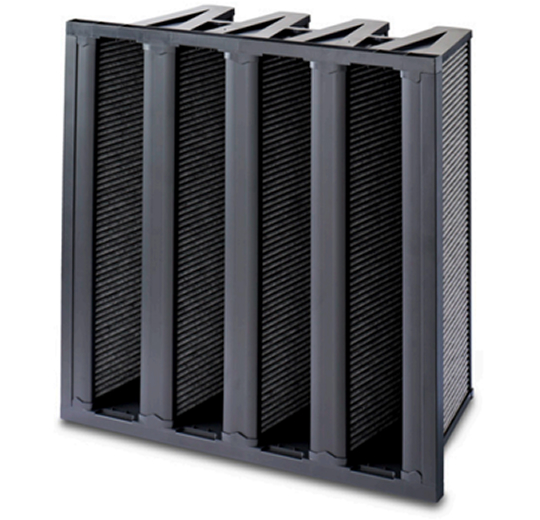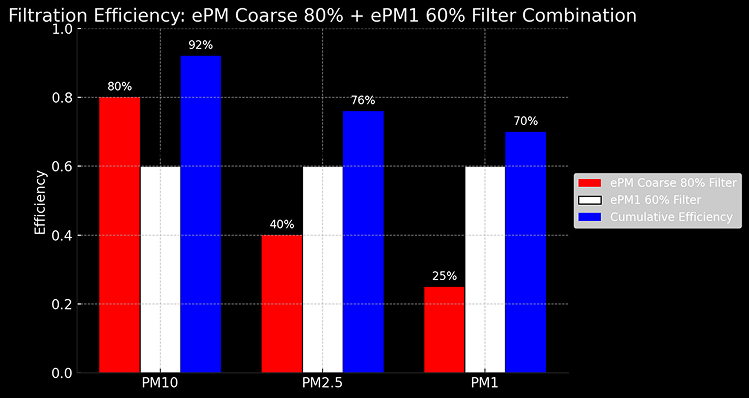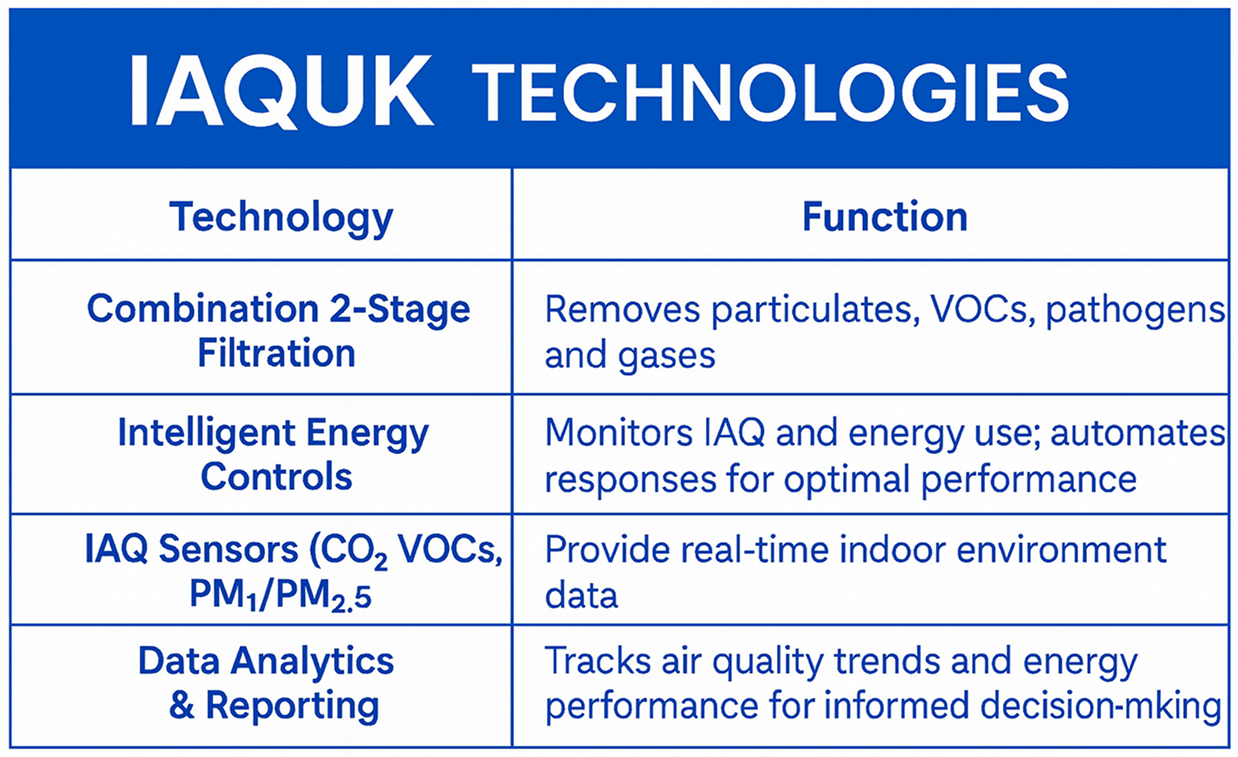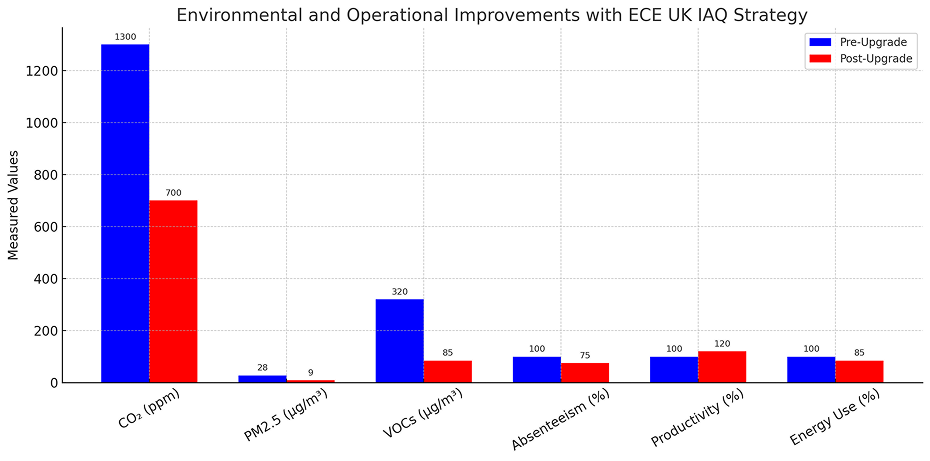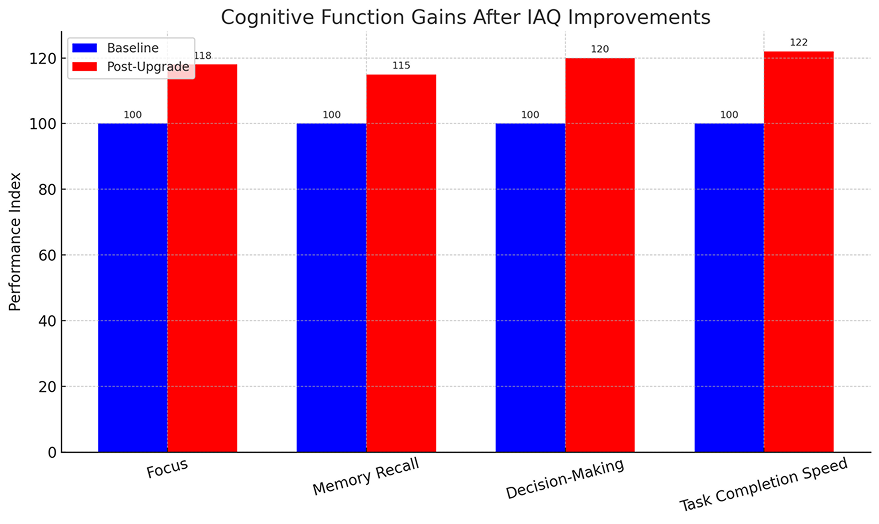Rethinking Filtration: The Power of Three in Two
Traditionally, improving IAQ meant bolting on extra filters which meant increased resistance and more maintenance. ECE UK’s approach simplifies without compromise. Our 2-stage system features:
- A pre-filter Airpanel Select to capture large particulates like dust and pollen.
- A secondary Carboactiv Pocket with combined ePM1 60% or 80% particulate + activated carbon filter —targeting fine particles and gaseous pollutants including VOCs and odours.
By integrating particulate and gas-phase filtration into one filter element, system resistance is reduced, maintenance is simplified, and energy performance is improved—all while enhancing indoor air quality.

